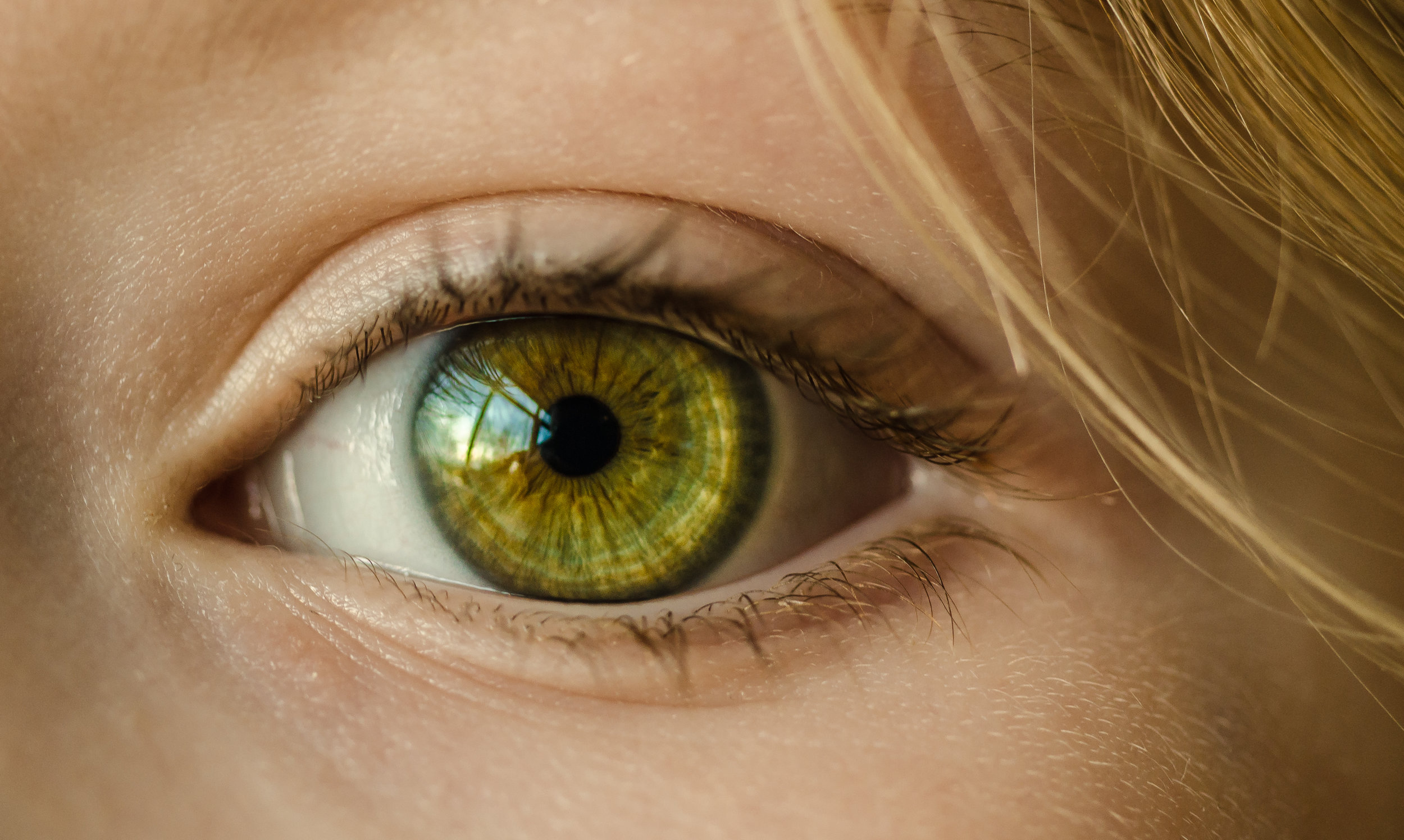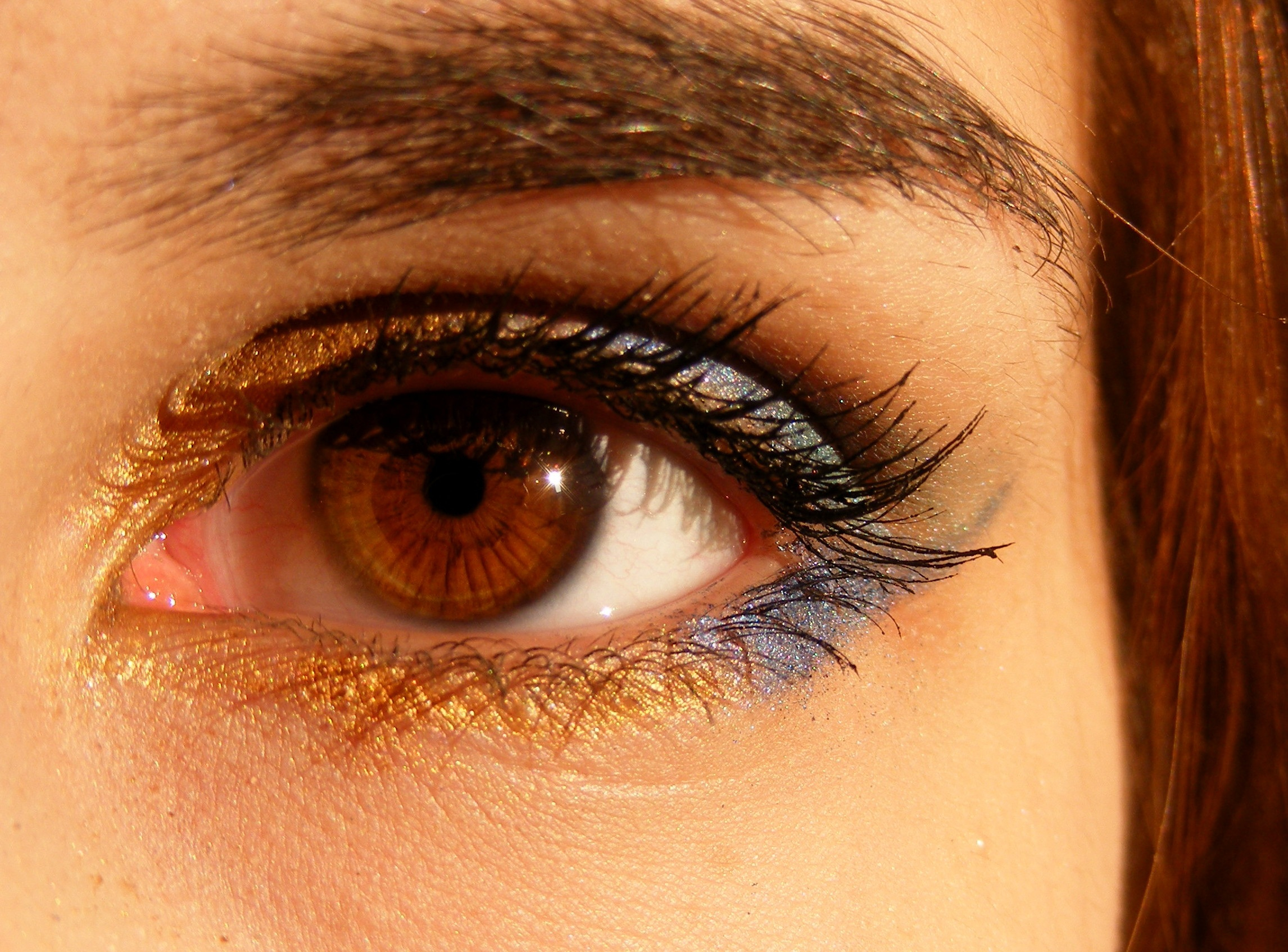Iridology
What is Iridology?
Iridology is the study of the human iris (plural irides) as a diagnostic tool to ascertain physical, mental and personality characteristics that have passed from generation to generation. Your heredity.
The iris is like a genetic fingerprint, the blueprint of your inheritance. No two irides are the same and yours are completely unique to you. The irides provide powerful indicators of a person’s constitution, potential health patterns and even personality. In truth, diagnosis using the eyes is not new and has been deeply rooted into Chinese and Ayurvedic medicine, in particular, for years.
The iris is connected to every organ and tissue of the body through the brain and nervous system. The connection is formed by the optic nerve and the spinal cord. These connections allow the iris to serve as a visual monitor that can reveal information about inflammation, body constitution and a person's overall health. When looking at your irides, it is possible to deduce your basic constitution and structural type as well as looking at key markings and signs. These findings will all influence your treatment protocol.
What happens during a consultation?
As part of the consultation, I will take photos of your irides with a high resolution camera. Along with your case history, analysis of your irides will help form the basis of your personalised wellbeing plan. At a top level we will analyse basic Constitution, Disposition and Diathesis (Overlay) before looking in more depth at specific markings in the eye.
Constitution
The term constitution in Iridology can have two meanings: on the one hand, it refers to the totality of inherited and acquired conditions in an individual. On the other hand, it refers to the basic constitution, or first level of analysis by iris colour. We might refer to this as the primary adaptive type, and some experts emphasise adaptation to geographical climate as being the foremost influence in determining its genetic origins.
The iris is considered to have three basic types by colour: blue or blue/grey (un-pigmented), dark brown (fully pigmented), and mixed or brown/green/hazel (partially pigmented)



Disposition
Disposition is assessed from structural considerations – that is the placement and plurality, or density, of fibres in the iris stroma. It is the essential “iris print”, unique to each person. A person may indeed not conform to any one type or may in certain cases be found to display more than one type.
Disposition is also regarded as an indicator of behaviour, both in a physiological and a psychological sense. It is a default pattern of response to life’s conditions and stresses, by the body itself, autonomically, and by the psyche in its attempt to adapt to what it finds.
Diathesis
Sometimes called the accumulation types, these iris appearances are all identified by some manifestation of additional material in the iris, which generally appears as an overlay in the anterior border layer (for example the hyperacidic overlay) or the cornea (as in the lipemic annulus).
When the organism cannot resolve or process its self-generated residues, there occurs a tendency to encumbrance and consequent disturbance of tissue and fluid ecology - a dyscrasia or toxaemia, which is the first stage in systemic intoxication and actual organ malfunction. The diathesis is what iridologists generally look for when assessing the likelihood of an accumulation of toxic influences in the body.

